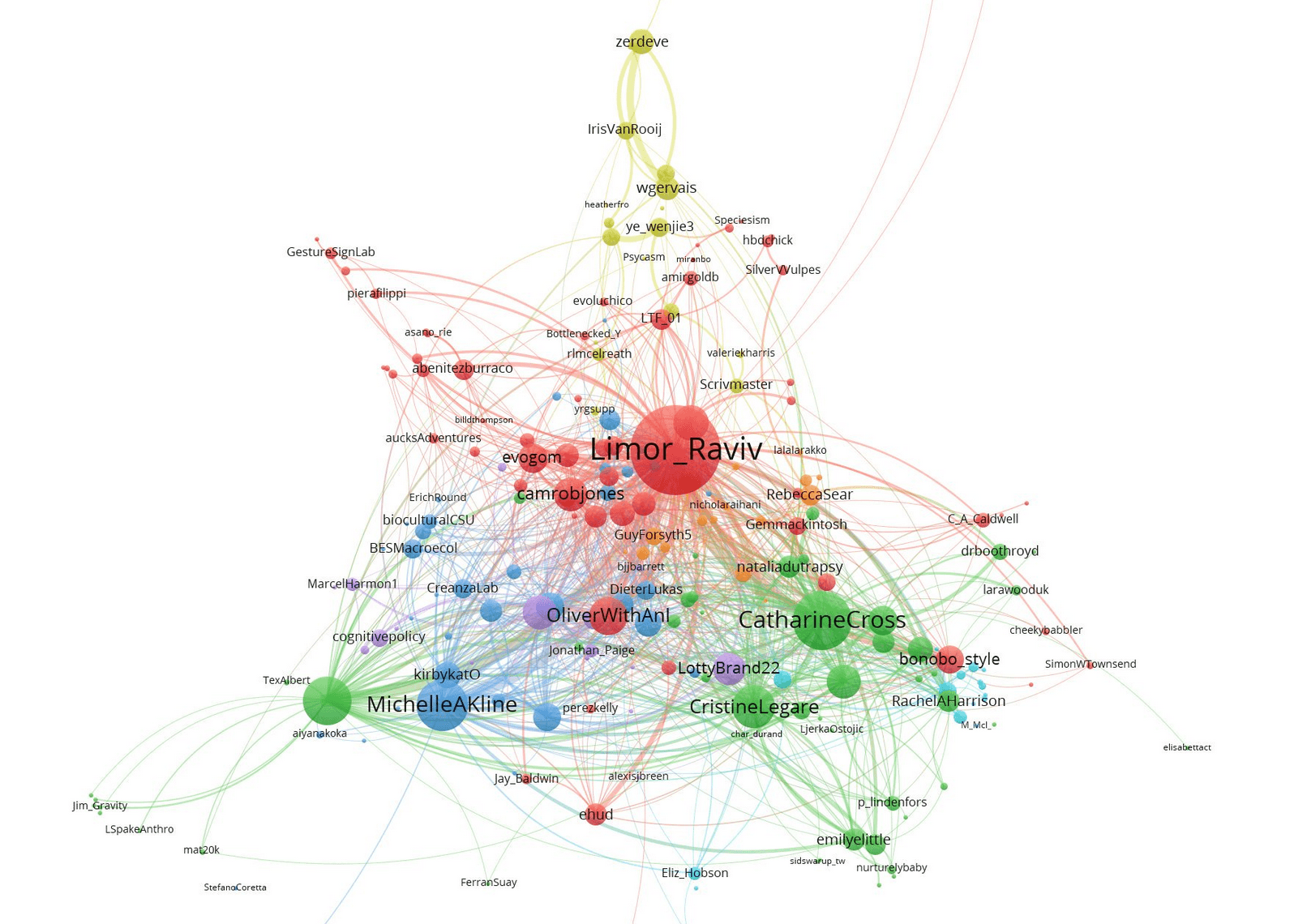A very personal take on CES
How do you know that you’re at the best conference of your short academic career? Well, it’s actually quite easy:
- You wake up excited at 6AM every day (ok, the jet-lag was probably a part of that too)
- You find it impossible to choose which of the parallel sessions to go to because they are all oh-so fascinating
- You don’t skip a single (!) moment throughout the entire conference (so you practically attend 90 talks in 3 days)
- You have the most invigorating and stimulating conversations over the 5-minute coffee break (I wish they were longer…)
- You can’t stop taking notes (or in my case, live-tweeting) at every talk, even when the topic is not really related to your own work
This is exactly how I felt during the Cultural Evolution Society Meeting (CES) in Tempe, Arizona this October. An amazing feeling that makes you fall in love with your field all over again – but at the same time can be pretty exhausting, mentally and psychically. The amount of fascinating, varied and novel information I was exposed to was even a bit over- whelming. I learned about so many different topics, like tool-use, communication, music, culture, socio-cognitive behavior and more, in so many different species: modern humans, little humans (I consider kids as a different sub-species…), early humans and non-humans, spanning from primates, to whales, birds, honeybees, fruit flies, and much more. To keep track of everything I learned, and to make sure that my future-self and others can access it later on, I took interim notes and little summaries of the main conclusions at almost every talk I attended. For me, this was done with a laptop and a Twitter account, rather than with a pen and paper (I have terrible hand-writing). I started live-tweeting conferences about a year ago and it’s been fun, but this time I was faced with a crazy challenge (that’s an understatement) given the truly diverse and interdisciplinary nature of the conference. The result (292 tweets) was eventually quite worthwhile: not just to me, but hopefully also to some of the people who were following the talks from afar. If you’re interested in some of the cool stuff that was presented at CES (and you should be, as curious humans!), you can find all these tweets under the hashtag #CESconf2018.
The days were long and draining, but overall I am happy to say that I learned a lot of new things, networked with a lot of wonderful people, got a lot of helpful feedback and useful ideas about my own study, and, to be honest, also ate a lot of yummy food (seriously, it was great, and I’m a vegan, so you can only imagine how good it was for everyone else).
My only regret is that I don’t have a time-travel device so that I can go back and attend all the other simultaneous sessions I had to miss out on (a world of knowledge beyond my reach…). Actually, now that I think of it, I would also go back and spend some more time soaking up the Arizonian sunshine (30 degrees Celsius at the end of October).
So all together, pretty solid good times at CES. Can’t wait to attend it again next time in beautiful Japan. Hope to see you there!
About the author
Limor Raviv is a PhD student at the Max Planck Institute for Psycholinguistics in Nijmegen, the Netherlands. Her research focuses on the cultural evolution of languages in different social environments. Using communication experiments with artificial languages, she is looking at how the grammatical structure of languages adapts to fit the structure of the community in which they evolve.
